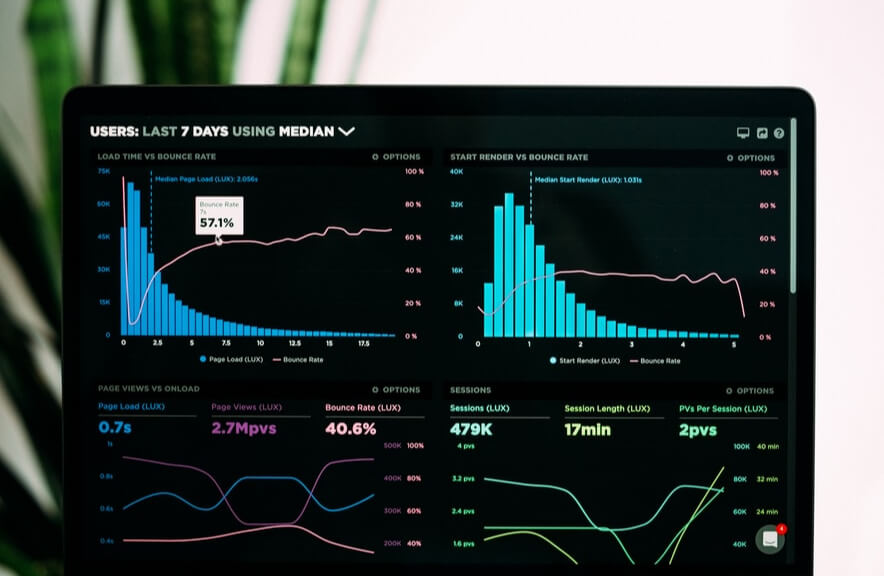Essential SEO Tips for SaaS Companies to Rank Higher and Reach More Users
How Google Determines Relevancy
Search engines want to prioritize the most relevant content possible for different searches and search terms (also known as keywords). One of the ways search engines are able to tell that content on a webpage is relevant for a particular search term, is that the term appears in the body of the content on the page.
Onsite content refers to both VISIBLE (page copy) and INVISIBLE (meta data) content.
Keywords
If you were interested in finding an italian restaurant in NYC – you might type Italian Restaurant NYC into the search bar. Google could quickly find pages that included all of those terms, but there’s going to be hundreds of pages that include the words “italian”, “restaurant”, and “NYC” (or variations on NYC – such as “new york” and “manhattan”).
To surface the most relevant results (as opposed to just a diner in NYC which has an italian sub on the menu), Google looks for additional “focus” keywords in the copy of the page to help determine that the ENTIRE page is relevant to the search term, as opposed to just one line on the page.
Search engines want to prioritize the most relevant content possible for different searches and search terms (also known as keywords). One of the ways search engines are able to tell that content on a webpage is relevant for a particular search term, is that the term appears in the body of the content on the page.
Search engines want to prioritize the most relevant content possible for different searches and search terms (also known as keywords). One of the ways search engines are able to tell that content on a webpage is relevant for a particular search term, is that the term appears in the body of the content on the page.
Onsite content refers to both VISIBLE (page copy) and INVISIBLE (meta data) content.
Keywords
If you were interested in finding an italian restaurant in NYC – you might type Italian Restaurant NYC into the search bar. Google could quickly find pages that included all of those terms, but there’s going to be hundreds of pages that include the words “italian”, “restaurant”, and “NYC” (or variations on NYC – such as “new york” and “manhattan”).
To surface the most relevant results (as opposed to just a diner in NYC which has an italian sub on the menu), Google looks for additional “focus” keywords in the copy of the page to help determine that the ENTIRE page is relevant to the search term, as opposed to just one line on the page.


